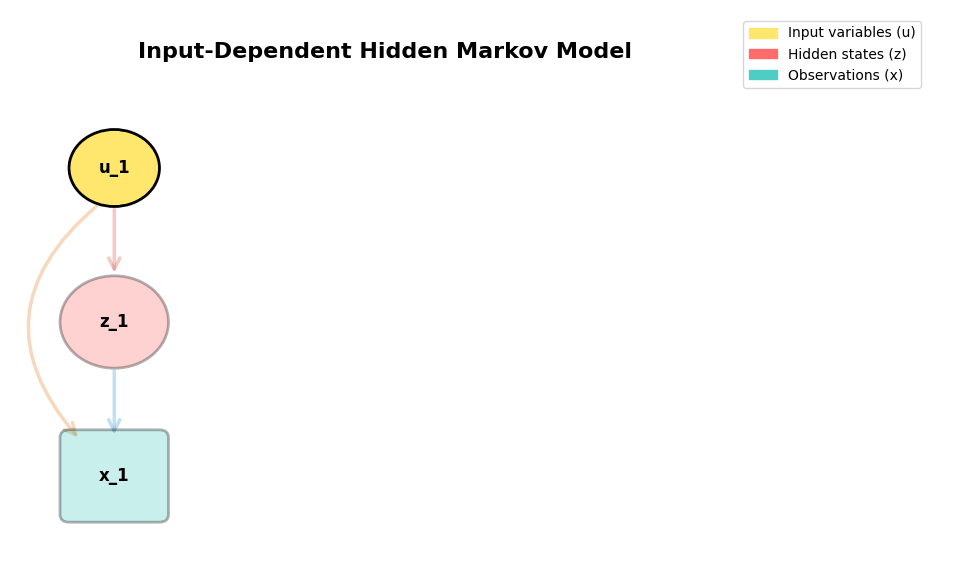Asymmetric Social Representations in the Prefrontal Cortex for Cooperative Behavior

In this study, we introduce a novel mouse paradigm to investigate the neural basis of cooperative behavior, where pairs of mice engage in joint spatial foraging that naturally produces stable leader-follower roles predictive of learning outcomes. Using calcium imaging and optogenetic disruption, we demonstrate that the medial prefrontal cortex (mPFC) is critical for cooperation (particularly in followers) and encodes both leadership dynamics and an egocentric social value map of the partner's position in a role-specific, asymmetric manner. I developed the forward modeling framework that, combined with multi-agent inverse reinforcement learning, identifies and decodes latent value functions from mPFC activity that guide cooperative decisions. Our findings uncover fundamental neural computations supporting social cooperation and demonstrate how distinct social roles shape real-time decision-making.
Bayesian Modeling Tutorial: From First Principles to Hidden Markov Models

This tutorial walks through Bayesian inference starting from the very basics (literally drawing colored balls from a bag!) and builds up to implementing sophisticated Hidden Markov Models. I've tried to make probability theory intuitive by connecting simple concepts like updating beliefs with data to more complex ideas like fitting distributions and latent state inference. Building on this foundation, I implement and demonstrate Generalized Linear Models (GLMs), input-driven Gaussian Mixture Models, and GLM-HMMs, among other probabilistic models. A key focus is illustrating the practical differences between MCMC sampling and the EM algorithm for parameter estimation. Everything is implemented across modern probabilistic programming frameworks including PyMC, Stan, NumPyro, JAX, and Dynamax, with all code and visualizations included to follow along.